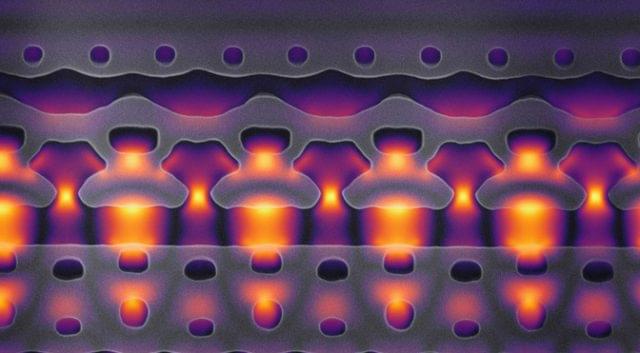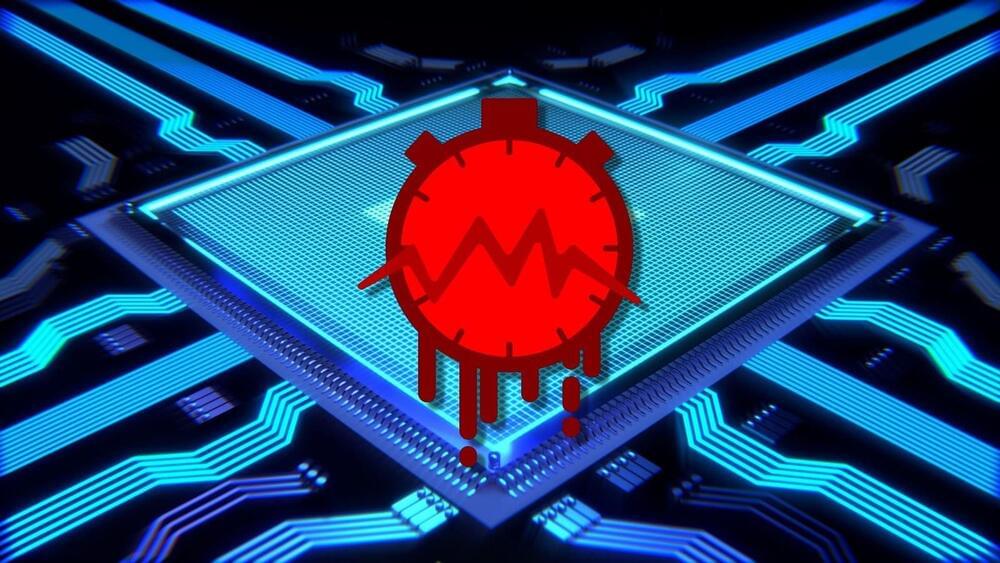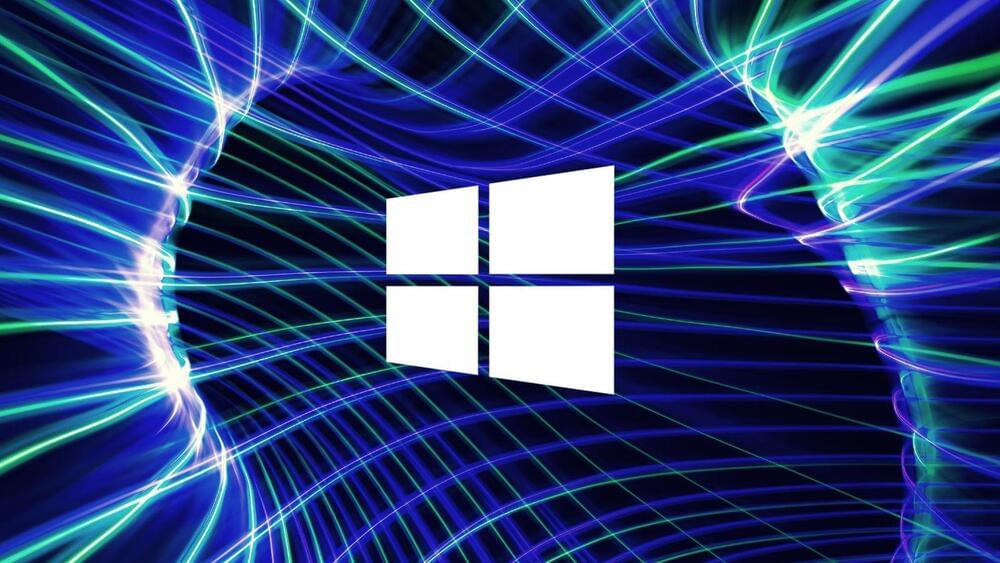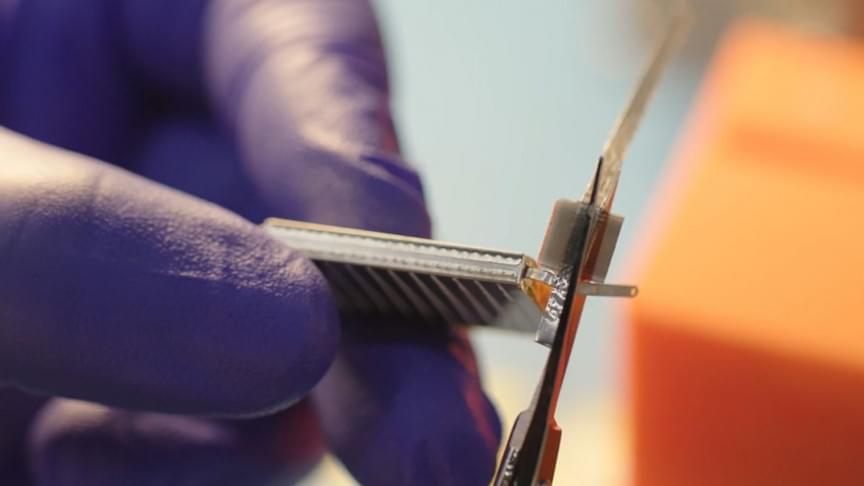
As artificial intelligence and deep learning techniques become increasingly advanced, engineers will need to create hardware that can run their computations both reliably and efficiently. Neuromorphic computing hardware, which is inspired by the structure and biology of the human brain, could be particularly promising for supporting the operation of sophisticated deep neural networks (DNNs).
Researchers at Graz University of Technology and Intel have recently demonstrated the huge potential of neuromorphic computing hardware for running DNNs in an experimental setting. Their paper, published in Nature Machine Intelligence and funded by the Human Brain Project (HBP), shows that neuromorphic computing hardware could run large DNNs 4 to 16 times more efficiently than conventional (i.e., non-brain inspired) computing hardware.
“We have shown that a large class of DNNs, those that process temporally extended inputs such as for example sentences, can be implemented substantially more energy-efficiently if one solves the same problems on neuromorphic hardware with brain-inspired neurons and neural network architectures,” Wolfgang Maass, one of the researchers who carried out the study, told TechXplore. “Furthermore, the DNNs that we considered are critical for higher level cognitive function, such as finding relations between sentences in a story and answering questions about its content.”


















